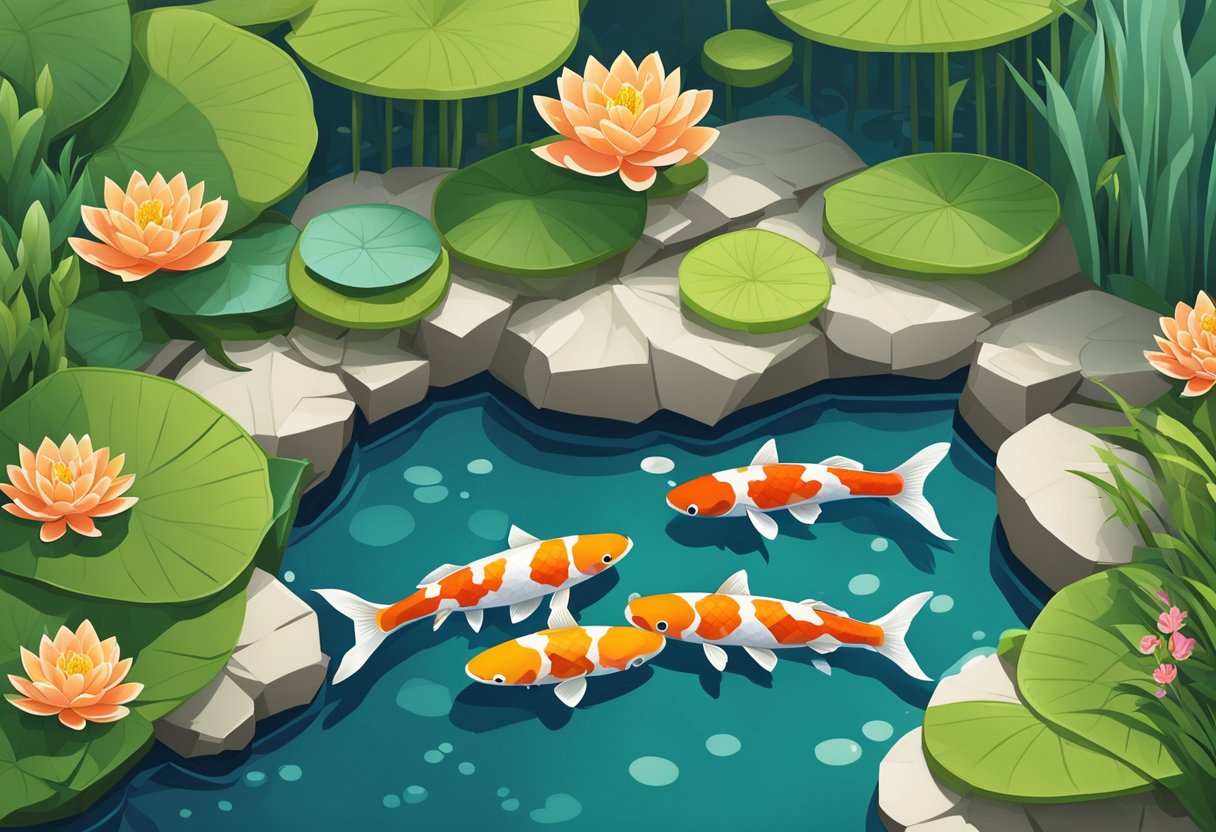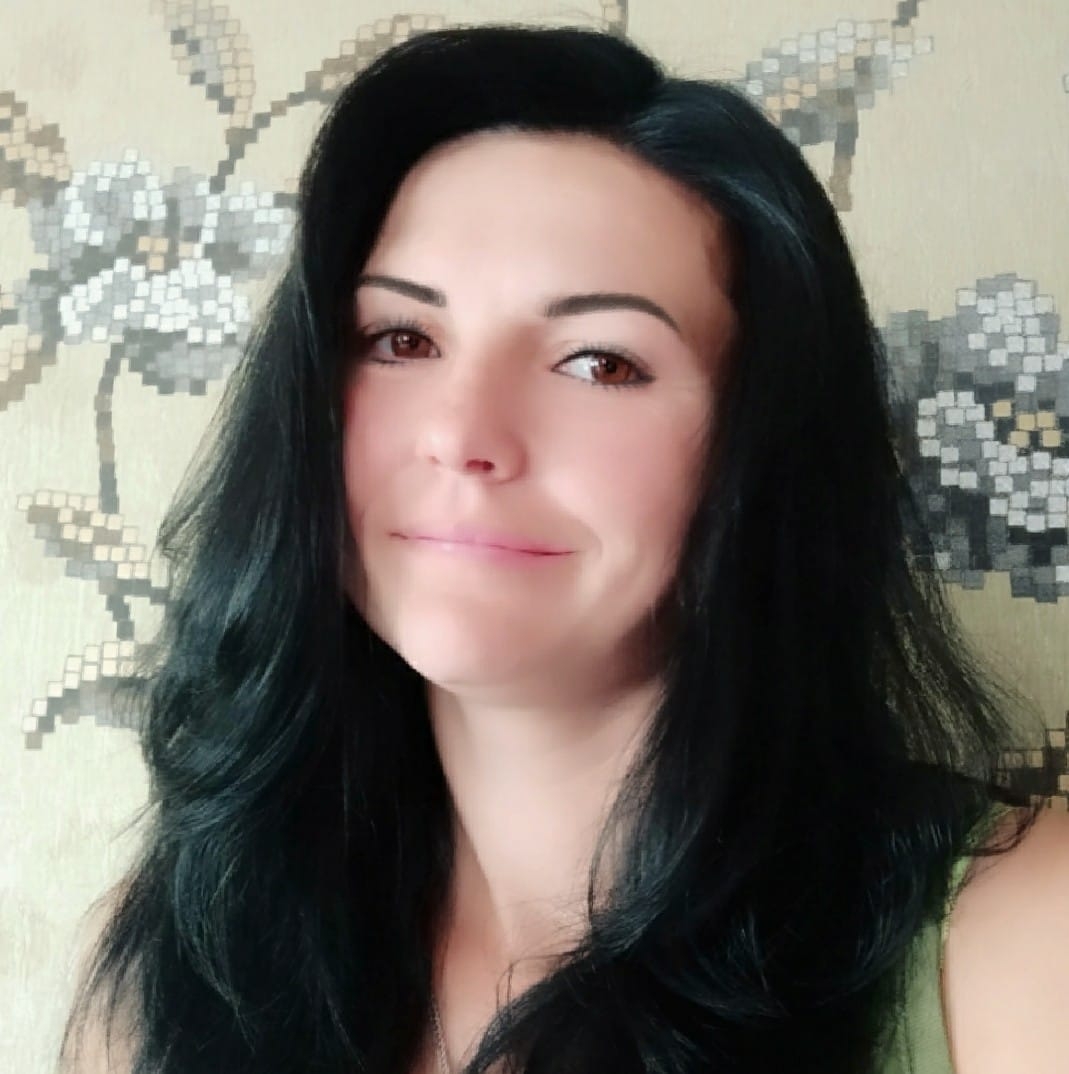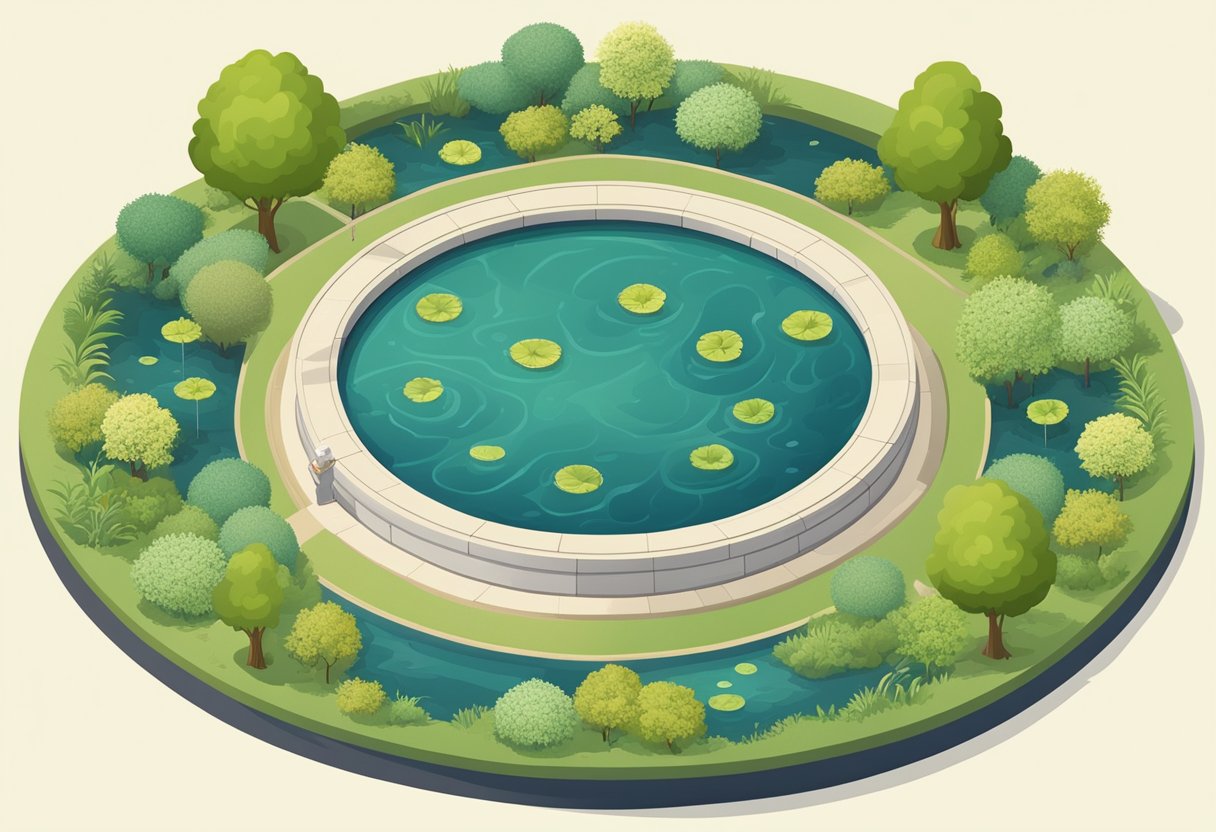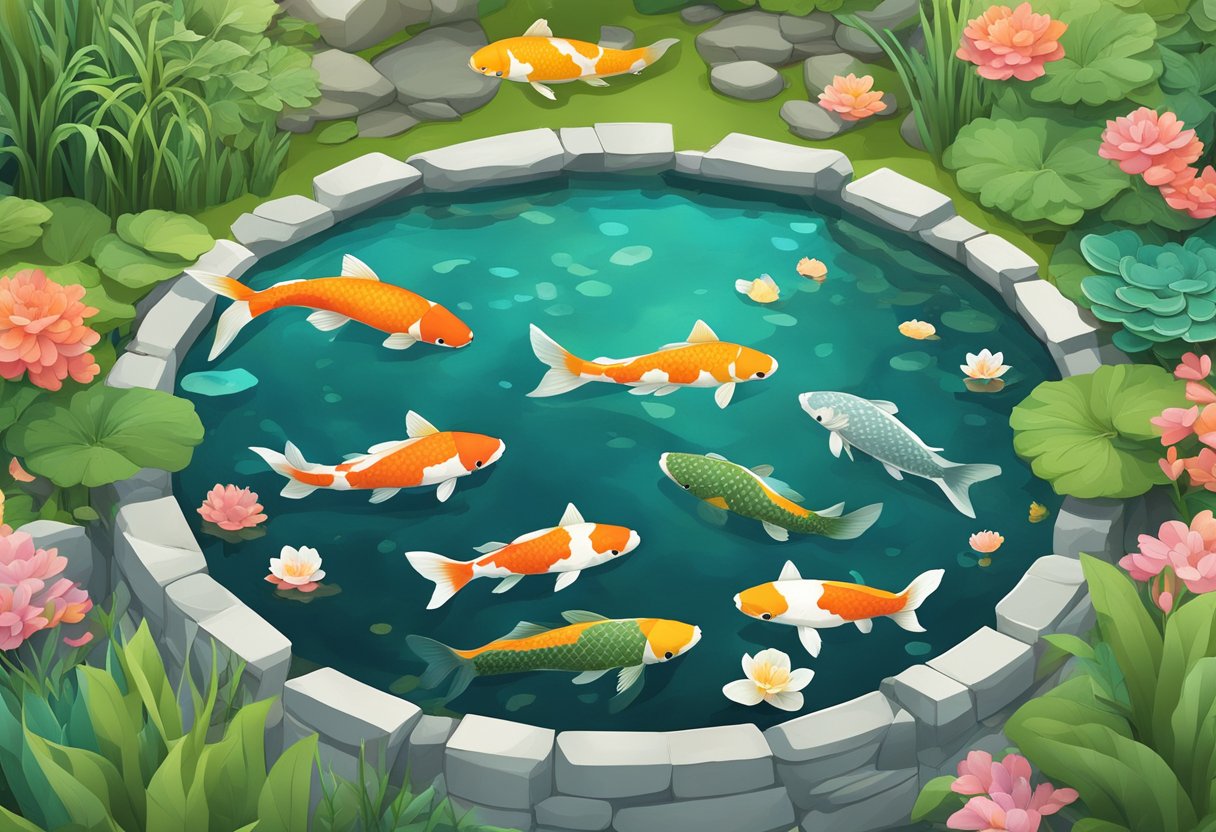A koi fish pond is a beautiful addition to any backyard. However, creating one requires careful planning and consideration. One of the most important factors to consider is the size of the pond. The size of the pond directly affects the health and well-being of the koi fish.
The size of a koi fish pond is determined by several factors, including the number of fish, the size of the fish, and the climate of the area. The general rule of thumb is to have a pond that is at least 1000 gallons for every three koi fish. This ensures that the fish have enough space to swim and thrive. Additionally, a larger pond can help maintain stable water conditions, which is essential for the health of the fish.
Determining the Ideal Size

When it comes to building a DIY Koi fish pond, determining the ideal size is crucial for optimal fish health. There are several factors to consider when deciding on the size of your pond, including space and location considerations, as well as the growth and size potential of your Koi.
Space and Location Considerations
The first consideration when determining the ideal size of your Koi pond is the available space and location. The pond should be placed in an area that receives ample sunlight, but not too much direct sunlight, as this can cause algae growth and temperature fluctuations. Additionally, the pond should be located away from any trees or other structures that could drop debris into the water.
The size of the pond should also be determined by the available space. It is important to ensure that the pond is not too large for the available space, as this can lead to overcrowding and poor water quality. On the other hand, a pond that is too small can also lead to poor water quality and stunted growth of the fish.
Koi Growth and Size Potential
Another important factor to consider when determining the ideal size of your Koi pond is the growth and size potential of your fish. Koi can grow quite large, with some varieties reaching up to three feet in length. It is important to ensure that the pond is large enough to accommodate the size of your fish as they grow.
A good rule of thumb is to allow for at least 500 gallons of water per Koi fish. This will provide enough space for the fish to swim and grow, while also ensuring good water quality. It is also important to consider the number of fish that will be in the pond, as overcrowding can lead to poor water quality and stress on the fish.
Overall, determining the ideal size of your DIY Koi fish pond requires careful consideration of space and location, as well as the growth and size potential of your fish. By taking these factors into account, you can ensure optimal fish health and a beautiful pond for years to come.
Pond Depth and Volume

Depth Recommendations
The depth of a DIY Koi fish pond is an important factor to consider for optimal fish health. A minimum depth of 3 feet (0.9 meters) is recommended to provide adequate space for the Koi to swim and thrive. However, a depth of 4-6 feet (1.2-1.8 meters) is ideal for Koi fish as it provides them with enough space to swim and also helps regulate the water temperature.
During the winter months, the deeper water will stay warmer than shallow water, which helps the Koi survive the cold temperatures. In addition, deeper water also helps prevent predators from reaching the fish.
Calculating Pond Volume
The volume of the pond is another important factor to consider for optimal Koi health. The size of the pond should be based on the number of Koi fish that will be living in it. A general rule of thumb is to have a minimum of 500 gallons (1,892 liters) of water per Koi fish.
To calculate the volume of the pond, use the following formula:
Length x Width x Depth x 7.5 = Total Gallons
For example, a pond that is 10 feet long, 8 feet wide and 4 feet deep would have a total volume of 2,400 gallons. This would be suitable for up to 4-5 Koi fish.
It is important to note that overstocking the pond with too many Koi fish can lead to poor water quality, which can negatively impact the health of the fish. Therefore, it is recommended to have a maximum of 1 Koi fish per 500 gallons of water to maintain optimal water quality and fish health.
Filtration and Water Quality
Filter Size and Capacity
One of the most important factors to consider when building a DIY Koi fish pond is the filtration system. The filter should be appropriately sized to handle the volume of water in the pond and the number of fish it will house. A filter that is too small or inadequate for the pond size can result in poor water quality and can harm the fish.
It is recommended to choose a filter that can handle at least 50% of the water volume in the pond per hour. For example, if the pond holds 1000 gallons of water, the filter should be able to process at least 500 gallons of water per hour. It is also important to consider the capacity of the filter media and how often it needs to be cleaned or replaced.
Maintaining Optimal Water Conditions
Maintaining optimal water conditions is crucial for the health of Koi fish. The pH level, ammonia, nitrite, and nitrate levels should be monitored regularly to ensure they are within the appropriate range. The pH level should be between 7.0 and 8.5, while ammonia and nitrite levels should be kept at 0 ppm. Nitrate levels should be kept below 40 ppm.
To maintain optimal water conditions, it is important to perform regular water changes and clean the filter media as needed. It is also recommended to use a water test kit to monitor the water parameters regularly. Overfeeding the fish can also lead to poor water quality, so it is important to feed them in moderation.
In summary, choosing the appropriate filter size and capacity and maintaining optimal water conditions are crucial for the health of Koi fish in a DIY pond. Regular maintenance and monitoring of the water parameters will ensure a healthy and thriving Koi pond.
Pond Shape and Design
Aesthetic and Practical Design
When designing a Koi fish pond, it is important to consider both aesthetic and practical aspects. A well-designed pond can enhance the beauty of the surrounding landscape while also providing a healthy environment for the fish. The shape of the pond should be chosen carefully, taking into account the available space and the desired effect. Rectangular or square ponds are popular choices as they are easy to construct and provide a simple, classic look. L-shaped ponds can be a good option for those with limited space, while kidney-shaped or irregularly shaped ponds can add visual interest to the landscape.
In addition to the shape, the depth of the pond should also be considered. A depth of at least 3 feet is recommended to ensure that the fish have enough space to swim and to maintain a stable water temperature. The pond should also be designed to allow for easy maintenance, with features such as a bottom drain and a skimmer to remove debris.
Incorporating Plant and Rock Features
Incorporating plants and rocks into the design of the pond can provide additional benefits for the fish. Plants can help to oxygenate the water and provide natural filtration, while rocks can provide hiding places for the fish and help to create a more natural-looking environment.
When choosing plants, it is important to select species that are suitable for the climate and that will not overcrowd the pond. Floating plants such as water lilies can provide shade and help to regulate the water temperature, while submerged plants such as anacharis can help to oxygenate the water.
Rocks can be placed around the edges of the pond or used to create a waterfall or stream. When placing rocks, it is important to ensure that they are securely anchored and that there are no sharp edges that could injure the fish.
Overall, the design of a Koi fish pond should be carefully considered to ensure that it provides a healthy and aesthetically pleasing environment for the fish.
Additional Considerations
Seasonal Changes and Weather Impact
When designing a DIY Koi fish pond, it’s important to consider the impact of seasonal changes and weather on the fish. Koi fish are cold-blooded and their metabolism is affected by temperature changes. In colder temperatures, their metabolism slows down, which means they require less food and produce less waste. In warmer temperatures, their metabolism speeds up, which means they require more food and produce more waste.
To ensure optimal fish health, it’s important to choose a pond size that can accommodate temperature changes throughout the year. A larger pond will be able to better regulate temperature changes, while a smaller pond may experience more extreme fluctuations. Additionally, a pond that is too small may become overcrowded during warmer months, leading to poor water quality and increased risk of disease.
Predator Prevention and Safety
Koi fish are a popular target for predators such as birds, raccoons, and even cats and dogs. When designing a DIY Koi fish pond, it’s important to consider predator prevention and safety measures. This may include adding netting or fencing around the pond, or incorporating hiding places for the fish such as rocks or plants.
Another important consideration is the safety of the pond for both the fish and any humans who may come into contact with it. The pond should be designed with a shallow area for the fish to rest and a deeper area for them to swim, but it should also have a gradual slope to prevent accidental drowning. Additionally, any electrical components such as pumps or heaters should be installed by a professional to ensure safety and compliance with local codes and regulations.
By considering these additional factors when designing a DIY Koi fish pond, fish owners can ensure optimal fish health and safety.
Final Words
The size of a DIY Koi fish pond is a crucial factor in ensuring optimal fish health. It is essential to consider the number of fish you plan to keep, the space available, and the filtration system to determine the appropriate pond size.
A larger pond provides more space for the Koi fish to swim and grow, which is beneficial for their overall health. However, it is important to note that a larger pond requires a more powerful filtration system to maintain water quality.
On the other hand, a smaller pond may be suitable for a limited number of Koi fish, but it can quickly become overcrowded, leading to poor water quality and increased stress levels for the fish.
Therefore, it is recommended to aim for a pond size of at least 1000 gallons for optimal Koi fish health. This size allows for proper filtration and ample swimming space for the fish.
Overall, the size of a DIY Koi fish pond should be carefully considered to ensure the health and well-being of the fish. With the right pond size, filtration system, and maintenance, Koi fish can thrive in a beautiful and healthy environment.

As a dedicated veterinarian and animal enthusiast, I, Phoebe Wright, bring a unique perspective to my writing about Koi Fish. With my expertise in animal care, I strive to share valuable insights in a friendly and approachable manner, making my posts both informative and enjoyable to read.







